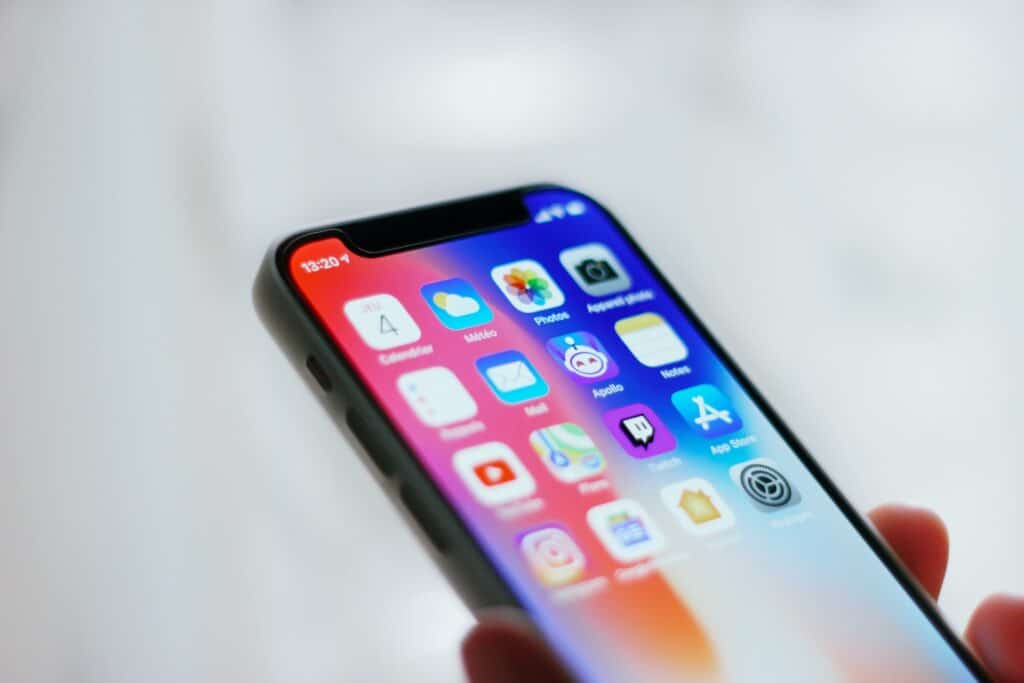The replacement cycle of smartphones for consumers in the United States took around 2.67 years in 2023. This average smartphone lifespan is expected to increase to 2.93 in 2027.
Although most smartphones only last approximately three years, you can extend your phone’s life for up to five years or more. However, not everyone is tech-savvy enough, making them unfamiliar with ways to prolong their phone’s usability.
Extending your smartphone’s life helps you save on repair or replacement costs. This guide will discuss the pitfalls you must avoid and the tips for maintaining your phone’s health.
Contents
What shortens your phone’s life?
Since you use your phone daily, you might not notice that some things you do can degrade your device’s health. Here’s how you might be shortening your smartphone’s life:
- You keep unused apps running in the background
- You allow unnecessary permissions
- Your screen brightness is high while using your phone
- You charge your phone overnight
- You expose your phone to extreme heat or cold
Tips for Extending Your Phone’s Longevity
Instead of upgrading to costly smartphones within short periods, follow these tips to keep your phone working like it’s brand new.
Clean the hardware regularly
Smartphones accumulate dust and dirt over time. These particles and debris can damage your device’s internal components. For example, dust accumulation in the charging port prevents your phone from charging correctly. At the same time, dust can block the speakers and other holes.
For this reason, you must clean the hardware regularly. Here are the steps for proper hardware cleaning:
- Wipe the screen and body: The screen and body are the most exposed to dust and dirt. Wipe these parts with a soft, dry cloth as often as possible
- Pick out the debris from the ports and holes: Use a thin and sturdy needle to pick out dirt from the ports and holes. Never use anything wet to clean these parts. Moreover, ensure your phone is turned off and not plugged in
- Don’t forget the camera lens: Put a decent amount of lens cleaning fluid on a cloth and wipe your lens. Use a dry cloth to wipe leftover dust. You may also use a cleaning pen
Protect the hardware with tempered glass and a sturdy case
Smartphones are made of sensitive materials. One wrong move and you’ll potentially break your phone.
Protect your device’s hardware with a tempered screen protector and a sturdy case. These covers serve as shock absorbers that help prevent cracks and damage. Thus, when you drop your phone accidentally, your screen protector might crack, but the LCD screen won’t. Additionally, the case will protect your phone’s back part and camera.
Remove the case whenever you clean your phone, as it can trap dust and dirt. Wipe the case with the same dry cloth to remove the dirt before returning it to your phone.
Update your apps and operating system
When you see a push notification that says your phone needs a system update, don’t ignore it. This notification prompts you to install the latest operating system updates to maintain your phone’s performance and functionality.
These software updates contain the latest security patches to fix your device’s hacking vulnerabilities. This way, you ensure your phone’s security from potential cyber threats.
You should also update your apps regularly. App updates help fix bugs to keep your applications stable and functioning. If you don’t update your apps, hackers may exploit security loopholes that jeopardize your sensitive information—like your online bank account.
Check your battery health
Nowadays, most smartphones don’t have removable batteries. The ones who can remove the batteries are repair technicians who have the proper equipment to do the job.
Nonetheless, you can still check your battery’s health without removing it. Monitor whether your battery is draining faster or charging slower than usual.
Here’s how to maintain your battery health:
- Optimize your battery health by enabling the battery optimization and power-saving modes
- Charge your phone partially throughout the day by maintaining the battery percent around 20 to 80 to reduce strain
- Avoid overnight charging. Unplug your phone once the battery is full
- Avoid exposing your phone to extreme temperatures to prevent overheating and overcooling
Image by Adrien on Unsplash
Delete unnecessary apps and files
Storage is among the most essential components of smartphone performance. Before purchasing a smartphone, you check the storage capacity. But without proper management, no matter how large the storage size is, it can slow down your phone.
One way to prevent overloading your storage is deleting unnecessary apps and files. Take the time to browse your application and file managers to see which ones are taking too much space without purpose. If you have many essential files, you can move them to a cloud storage or external hard drive.
You should also clear your cache and close running apps in the background to boost your phone’s speed and performance.
Minimize your screen timeout
When you leave your screen on without using it, it will automatically lock after some time, depending on the phone’s set time frame. This time frame is called screen timeout.
Suppose you leave your screen on for one hour and set the screen timeout to 30 minutes. Your phone will only automatically lock after the specified timeout. Even though it locks after 30 minutes, leaving it on could drain your battery.
Frequent and prolonged screen timeouts keep your phone’s processes active. These processes can drain your battery faster and hamper the system’s performance.
As such, minimize your screen timeout by setting it to 15 seconds or one minute. The shorter the timeout, the faster your phone can rest.
Go to your Settings and find Screen Timeout to change the automatic lock time frame. Some smartphones call it “Sleep.” Don’t forget to close the running apps in the background.
Troubleshoot minor issues
Sometimes, you might notice and ignore some issues because they don’t affect your phone’s performance. However, these minor problems can worsen and reduce your phone’s functionality over time. Thus, it would be best if you troubleshot them when necessary.
You can troubleshoot common issues—like glitches, freezing, crashes, or slow-running apps—by restarting your phone. You can also resolve these problems by clearing the cache or deleting unnecessary files and unused apps.
Go to your trusted repair shop when necessary
When troubleshooting no longer works, your best bet is to go to your trusted repair technician. Repairs are usually cheaper than buying a new smartphone.
Repair technicians are more knowledgeable about smartphones. If you have battery problems, they can remove and replace the battery. They’ll do the same thing for screens and other components.
However, if the repairs cost as much as buying a new one, that’s when you should consider a replacement. After all, choosing the option that saves time and money is ideal.
Keep Your Smartphone Running as Long as Possible
Buying a new smartphone is an investment, as smartphones are often expensive. But you don’t have to replace your phone quickly when issues arise. With these tips, you can keep your smartphone running as long as possible to avoid outlandish repair and replacement costs.


